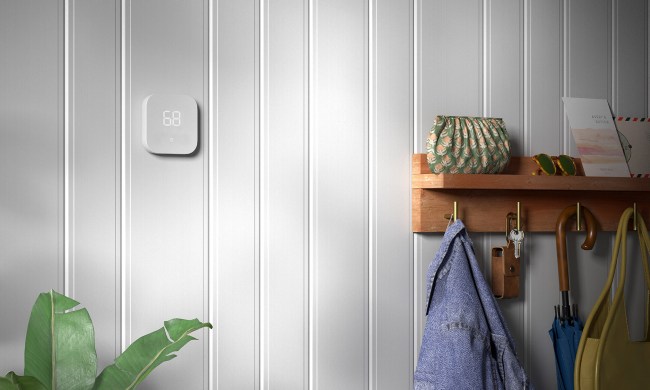Apple just launched the revised HomePod earlier this year, but rumors are already swirling about the company’s next big smart home launch. And if the speculation is true, we could be seeing a radically new type of HomePod hit the market in early 2024.
The rumors come from industry analyst Ming-Chi Kuo. According to Kuo, the upcoming HomePod will feature a seven-inch touchscreen panel and would be designed to allow easier integration with other products in the Apple lineup. In other words, it sounds like a smart display — which isn’t revolutionary, but it would be the first smart display produced by Apple.

The current HomePod uses a small, circular display to control the action, although little information is actually shown on the touchscreen.
Kuo’s report lines up with reports earlier this year that Apple is deep into development on an iPad-like device for its smart home catalog. Unfortunately, the latest rumors don’t give us much more detail on what an Apple smart display would look like, but they do lend credibly to the earlier reports. And considering Apple is a big supporter of Matter, it only makes sense for it to offer competition for the Google Nest and Amazon Echo smart display lineups.
While we’re still light on specifics for the rumored HomePod smart display, Kuo does mention that its screen will likely be produced by Tianma, a company that “specializes in providing state-of-the-art display solutions.” Apple displays are always near the top of their class, so it’ll be interesting to see if this new smart home product follows that trend and does something unique to separate itself from other smart displays on the market.
Expect to learn more about Apple’s HomePod with a seven-inch display as we get closer to 2024.



